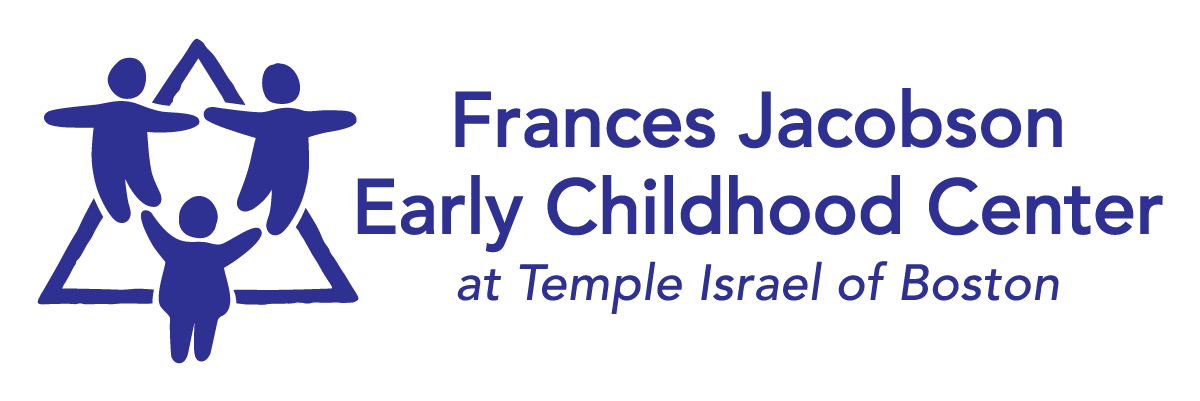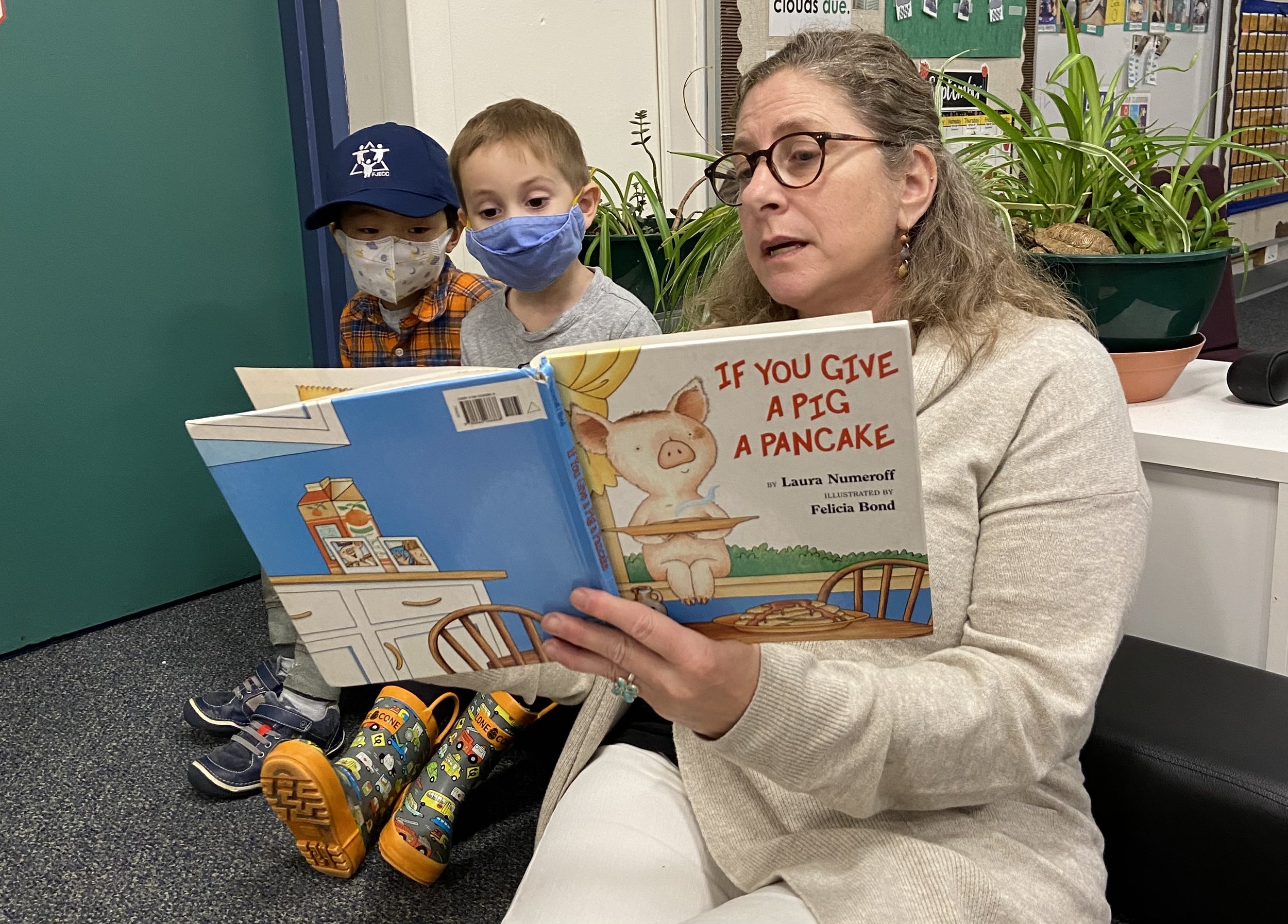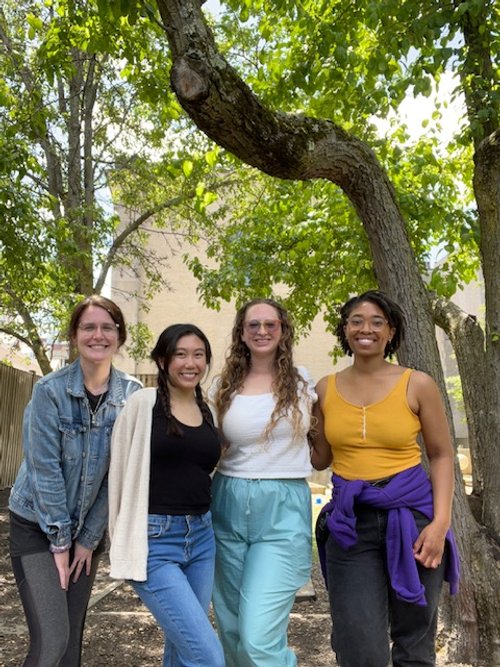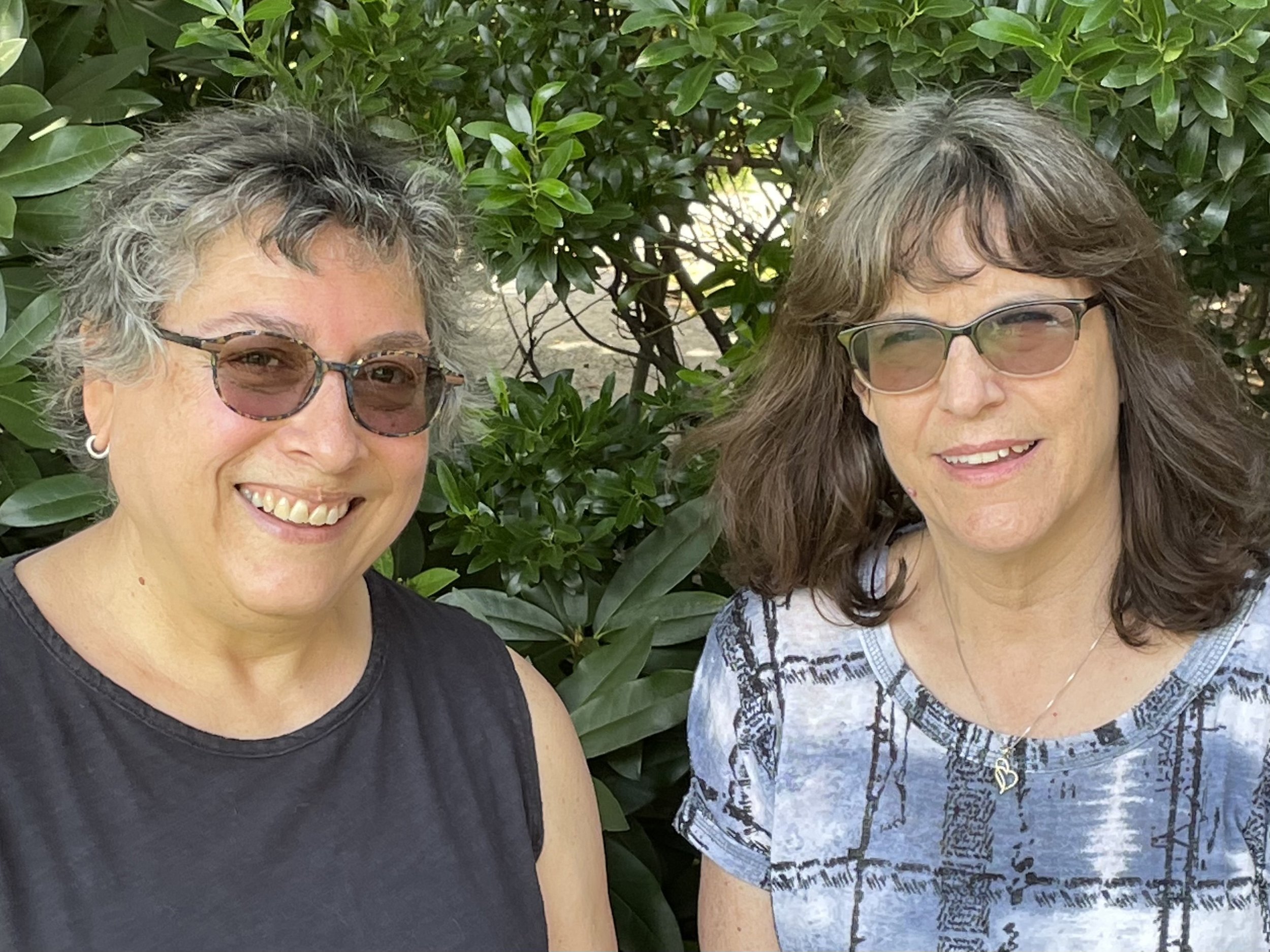When it comes to finding books that help children understand and process the start of school, there are a few factors to consider, including your child’s temperament, experience with separation and, of course, age. This may feel like one of the biggest transitions you’ve had to guide your child through, or it might feel as if your child is so ready for all that lies ahead that there is no obvious hurdle to jump. Reality is likely somewhere in between and the best we can do for our children is acknowledge that a transition is happening and be alert to the range of feelings children will be feeling. And no matter your child’s comfort level, books and stories are a wonderful way to experience and process those feelings together.
Wemberly Worried by Kevin Henkes; Wemberly Worried is one of my all time favorite books; although Wemberly’s anxiety is about going to school, the book is really more generally about what it feels like to be worried about something. The adults in Wemberly’s life all acknowledge her worries, and try to help her, while at the same time communicating to her a sense of routine and order that is ultimately comforting and reassuring. Kevin Henkes writes with an uncomplicated and
You Go Away by Dorothy Corey; If this is your child’s first time away from home, a story that focuses on saying goodbye (in any circumstance) may be most helpful. Or even a story that includes something - or someone - going away and coming back. You Go Away is a very simple and understated picture book that focuses on - you guessed it - going away and coming back. For a young toddler, the repetition .
Owl Babies by Martin Waddell; 3 baby owls atop a branch wondering where their momma went. Lovely drawings, simple rhythmic language - and a happy ending, of course!
Pete the Cat I Love My White Shoes & Rockin In My School Shoes by James Dean; No matter the situation, Pete the Cat is just the coolest dude around. Nothing seems to get to him. He models a go-along, no worries approach to life that is infectious. The stories are super fun to read, and the read-aloud versions on YouTube have groovy music, too!
The Kissing Hand by Audrey Penn; A classic.
First Day of School (Little Critter books) by Mercer Mayer; Mercer Mayer’s series of Little Critter books are not the coolest, hippest, most eloquent books but they are spot on when addressing issues that children face throughout their childhoods. And there is a book for almost every imaginable situation, from new siblings, to going to bed, to first day of school and everything in between.
In My Heart by Jo Witek; while not a book specifically about school or separation, this is one of the finest books about the range of feelings children (and adults) have and, especially appropriate, how those feelings might manifest in different ways in our bodies. I love this book; it is an all-occasion, poignant book for reading aloud.

























